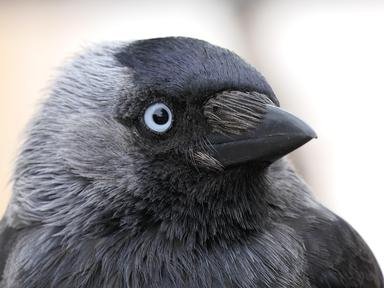Quiz Answer Key and Fun Facts
1. All of the following owls have a resident British population. Which of them is shown in this picture?
2. The name of this duck is related to a particular feature of its anatomy. What is it called?
3. Although by nature a woodland inhabitant, this bird can often be seen from your car, scurrying around on the verges of country lanes. What is its name?
4. In woodland areas, you might hear the laughing cry of this bird before you see it. What is it?
5. This well-known songbird is popular with gardeners, because it is very fond of eating garden pests such as snails. What is its name?
6. This small bird with a white chest may be seen bobbing up and down by the sides of fast-flowing streams. What is its common name?
7. This gregarious black-and-white bird has something of a bad reputation, being associated in some folklores with bad weather and even death. What is its name?
8. This large bird can be found throughout the UK, although when standing still by a river or lake it can sometimes be hard to spot. What is its name?
9. This exotic-looking bird is a ring-necked parakeet. If you lived in South London, would you expect to see one of these in your garden or local park?
10. You may not instantly recognise this grey bird. But if I tell you it may well be looking for another bird's nest to lay an egg in, you should recognise it as what?
Source: Author
stedman
This quiz was reviewed by FunTrivia editor
guitargoddess before going online.
Any errors found in FunTrivia content are routinely corrected through our feedback system.

